-
 Bitcoin
Bitcoin $106,782.3966
-0.72% -
 Ethereum
Ethereum $2,406.7764
-1.16% -
 Tether USDt
Tether USDt $1.0005
0.02% -
 XRP
XRP $2.0918
-1.53% -
 BNB
BNB $644.5785
-0.17% -
 Solana
Solana $141.0925
-0.69% -
 USDC
USDC $1.0000
0.02% -
 TRON
TRON $0.2721
0.18% -
 Dogecoin
Dogecoin $0.1585
-1.26% -
 Cardano
Cardano $0.5497
-1.14% -
 Hyperliquid
Hyperliquid $35.8493
-1.58% -
 Bitcoin Cash
Bitcoin Cash $502.3089
2.20% -
 Sui
Sui $2.7092
3.87% -
 Chainlink
Chainlink $12.8551
-1.85% -
 UNUS SED LEO
UNUS SED LEO $9.0548
0.53% -
 Stellar
Stellar $0.2344
-0.85% -
 Avalanche
Avalanche $17.2676
-0.23% -
 Toncoin
Toncoin $2.8282
0.56% -
 Shiba Inu
Shiba Inu $0.0...01113
-1.14% -
 Litecoin
Litecoin $83.9593
-0.93% -
 Hedera
Hedera $0.1447
0.82% -
 Monero
Monero $306.9022
-2.07% -
 Bitget Token
Bitget Token $4.6358
3.42% -
 Dai
Dai $0.9999
0.01% -
 Ethena USDe
Ethena USDe $1.0001
0.02% -
 Polkadot
Polkadot $3.3211
0.06% -
 Uniswap
Uniswap $6.8775
0.75% -
 Pi
Pi $0.5664
-0.27% -
 Aave
Aave $256.0055
1.28% -
 Pepe
Pepe $0.0...09013
-3.24%
Is the continuous decline of small negative lines with large volume the main force shipping?
"Small negative candlesticks with high volume in crypto often signal stealthy selling by major players, hinting at potential bearish pressure despite minimal price drops."
Jun 27, 2025 at 10:56 pm
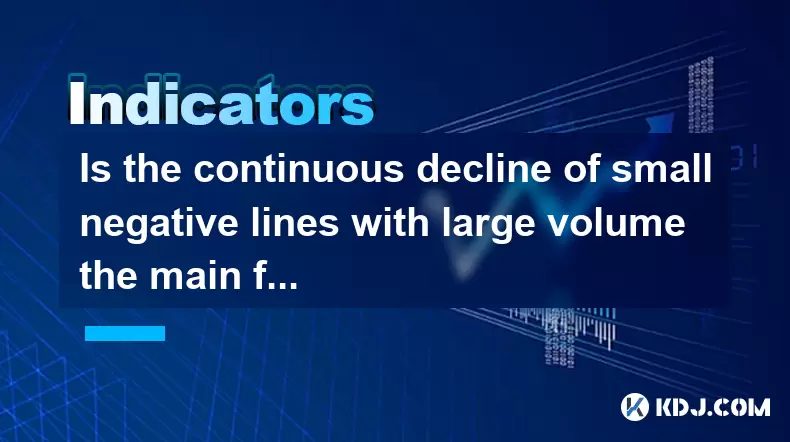
Understanding the Concept of "Small Negative Lines with Large Volume"
In cryptocurrency trading, "small negative lines" refer to candlesticks that close slightly lower than they opened, but not by a significant margin. When these candles appear repeatedly and are accompanied by "large volume," it indicates that a substantial amount of trading activity is occurring despite minimal price movement downward.
This pattern can be observed on any time frame, though it's more commonly analyzed on daily or 4-hour charts. The key here is to distinguish between normal market noise and deliberate manipulation by large players — often referred to as "whales" or institutional traders."
Important: High volume during small negative moves suggests hidden selling pressure, possibly from major holders unloading their positions without triggering panic in the broader market.
What Does This Pattern Typically Indicate?
The appearance of small negative lines with high volume can signal several things depending on the broader context:
- Profit-taking: After a rally, big players might begin offloading at slight losses to avoid potential larger drawdowns.
- Position reduction: Traders may reduce exposure ahead of uncertain events (e.g., regulatory news, hard forks).
- Market testing: Sellers probe support levels to see how much resistance exists before committing to a larger sell-off.
Each of these possibilities contributes to a bearish bias, even if the price doesn't drop sharply.
- High volume shows conviction behind the selling.
- Small negative closes suggest reluctance to push prices down aggressively.
Is This Behavior Consistent with Main Force Shipping?
In crypto trading jargon, "main force shipping" refers to actions taken by dominant market participants who are either entering or exiting positions strategically. These entities have enough capital to influence price movements significantly.
When analyzing repeated small negative candles with high volume, we can infer that:
- Main forces may be distributing holdings gradually.
- They aim to avoid creating obvious bearish signals that could trigger retail panic selling.
- The goal is often to accumulate or distribute without drawing attention.
Important: Main force shipping typically involves subtle moves rather than abrupt ones. This allows them to maintain control over market sentiment while achieving their objectives.
How Can You Confirm If It's Main Force Activity?
Identifying whether this pattern is due to main force shipping requires additional tools and observations:
- Order book analysis: Look for large orders placed just below the current price, which can indicate strategic accumulation or distribution points.
- On-chain data: Tools like Glassnode or Whale Alerts can help track large wallet movements.
- Volume profile: Analyze where most of the trading volume is concentrated on the chart. A heavy concentration at certain price levels suggests intentional positioning.
- Use platforms like Binance Futures Funding Rates to assess long-term trader sentiment.
- Monitor open interest changes on perpetual contracts — rising open interest during sideways or slightly bearish action can indicate increasing institutional participation.
Technical Indicators That May Support This Analysis
While candlestick patterns alone are rarely conclusive, combining them with technical indicators enhances accuracy:
- Volume Weighted Average Price (VWAP): If the price consistently stays below VWAP and volume remains elevated, it supports the idea of sustained selling pressure.
- Chaikin Money Flow (CMF): A negative CMF value aligns with the idea of institutional selling.
- Order Block Identification: Use tools like Fibonacci retracements or historical support/resistance zones to identify areas where whales might be placing orders.
Important: No single indicator confirms main force activity definitively. Combining multiple tools increases reliability.
Frequently Asked Questions
Q: Can small positive candles with high volume also indicate main force activity?
A: Yes, similar logic applies. Small positive candles with high volume can indicate buying pressure from major players accumulating quietly without pushing the price up too fast.
Q: How do I differentiate between whale activity and regular market noise?
A: Regular market noise tends to lack consistency in volume and direction. Whale activity usually appears in clusters, with repeated patterns across multiple time frames and noticeable order book imbalances.
Q: Is it possible for both accumulation and distribution to happen simultaneously?
A: Yes, especially in ranging markets. Some large players may be taking profits while others are building positions, leading to mixed signals on the chart.
Q: Should I always assume small negative candles with high volume are bearish?
A: Not necessarily. Context matters. If this pattern occurs near strong support levels or after a deep correction, it could represent bargain hunting by smart money rather than distribution.
Disclaimer:info@kdj.com
The information provided is not trading advice. kdj.com does not assume any responsibility for any investments made based on the information provided in this article. Cryptocurrencies are highly volatile and it is highly recommended that you invest with caution after thorough research!
If you believe that the content used on this website infringes your copyright, please contact us immediately (info@kdj.com) and we will delete it promptly.
- Bitcoin, Stablecoins, and Treasuries: A New Era of Digital Finance
- 2025-06-28 04:50:12
- GoMining: Gamified NFTs and the Future of Bitcoin Mining
- 2025-06-28 04:30:12
- Bitcoin Price, Speculative Urgency, and Midterm Pain: A New Yorker's Take
- 2025-06-28 04:55:12
- Crypto Investors Beware: IRS Cracks Down on Tax Compliance
- 2025-06-28 04:57:13
- Fridge Cigarettes, Gen Z, and the New Addiction: Diet Coke?
- 2025-06-28 04:35:11
- Sonic, Magic Gathering, and July 2025: What's Trending?
- 2025-06-28 02:30:12
Related knowledge
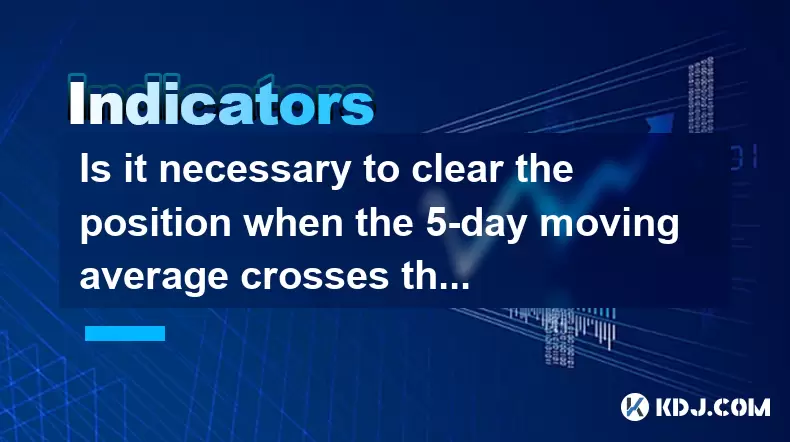
Is it necessary to clear the position when the 5-day moving average crosses the 10-day moving average?
Jun 27,2025 at 07:21pm
Understanding the 5-Day and 10-Day Moving AveragesIn the realm of technical analysis within the cryptocurrency market, moving averages play a crucial role in identifying trends and potential reversal points. The 5-day moving average (MA) and 10-day moving average are two of the most commonly used short-term indicators by traders. These tools smooth out ...
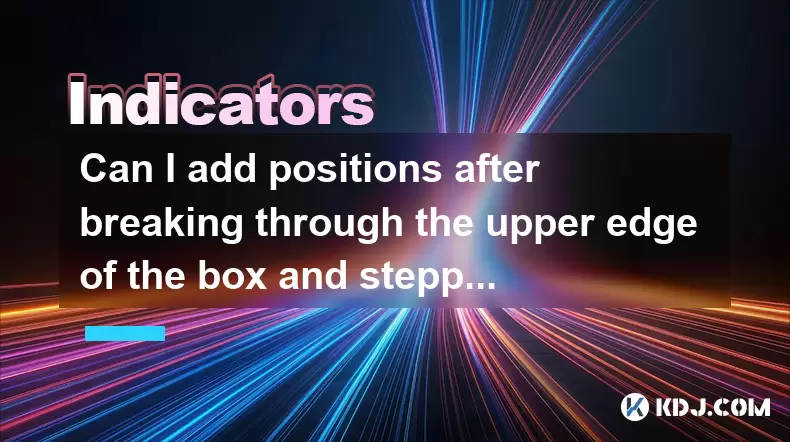
Can I add positions after breaking through the upper edge of the box and stepping back without breaking?
Jun 27,2025 at 09:56pm
Understanding the Box Breakout StrategyIn cryptocurrency trading, box breakout strategies are commonly used by technical analysts to identify potential price movements. A box, or a trading range, refers to a period where the price of an asset moves within two horizontal levels — the support (lower boundary) and resistance (upper boundary). When the pric...
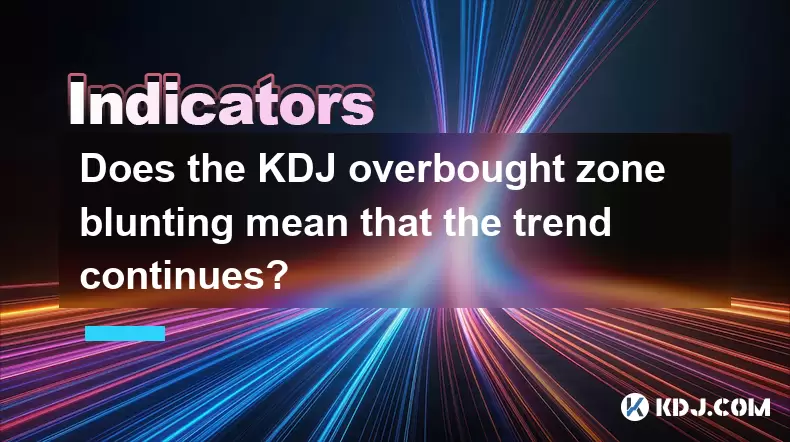
Does the KDJ overbought zone blunting mean that the trend continues?
Jun 27,2025 at 03:35pm
Understanding the KDJ Indicator in Cryptocurrency TradingThe KDJ indicator, also known as the stochastic oscillator, is a popular technical analysis tool used by traders to identify overbought or oversold conditions in asset prices. In the cryptocurrency market, where volatility is high and trends can change rapidly, understanding how to interpret the K...
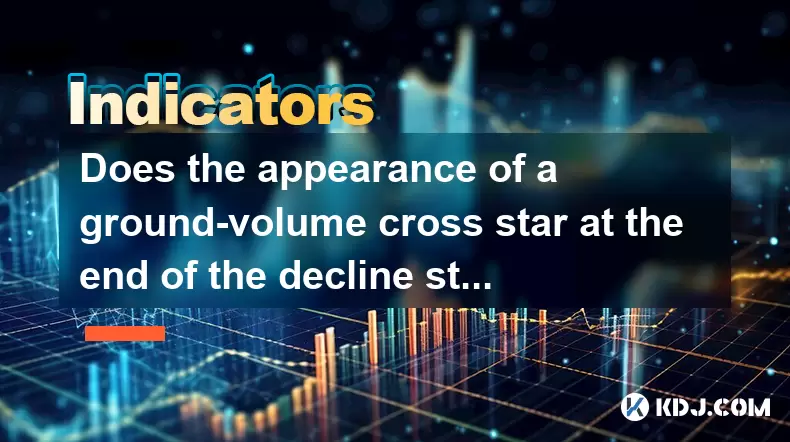
Does the appearance of a ground-volume cross star at the end of the decline stop the decline?
Jun 27,2025 at 10:35pm
Understanding the Ground-Volume Cross Star PatternIn technical analysis, candlestick patterns play a crucial role in identifying potential market reversals. One such pattern is the ground-volume cross star. This pattern typically appears at the bottom of a downtrend and is characterized by a small-bodied candle with long upper and lower shadows, accompa...
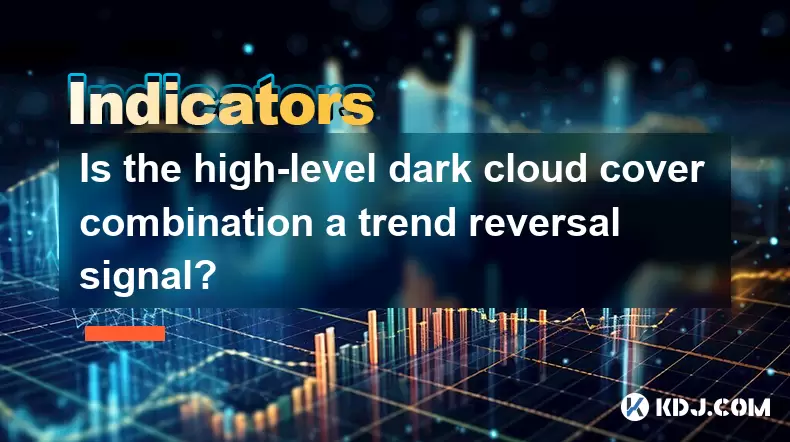
Is the high-level dark cloud cover combination a trend reversal signal?
Jun 28,2025 at 05:28am
Understanding the High-Level Dark Cloud Cover PatternThe high-level dark cloud cover is a well-known candlestick pattern that often appears at the end of an uptrend. This pattern typically signals a potential reversal from bullish to bearish sentiment in the market. In the context of cryptocurrency trading, where price movements can be highly volatile, ...
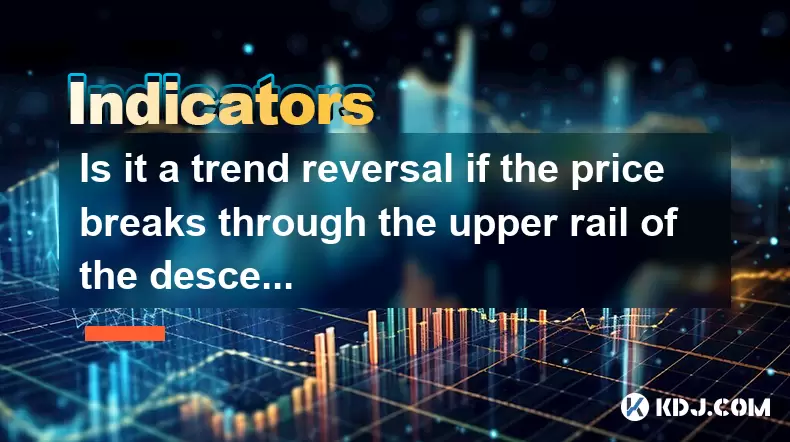
Is it a trend reversal if the price breaks through the upper rail of the descending channel and then steps back without breaking?
Jun 27,2025 at 05:35pm
Understanding the Descending Channel PatternA descending channel is a technical analysis pattern formed by two parallel downward-sloping trendlines, one acting as resistance and the other as support. This pattern typically indicates a continuation of a downtrend, where price action oscillates between these two boundaries. Traders often look for breakout...

Is it necessary to clear the position when the 5-day moving average crosses the 10-day moving average?
Jun 27,2025 at 07:21pm
Understanding the 5-Day and 10-Day Moving AveragesIn the realm of technical analysis within the cryptocurrency market, moving averages play a crucial role in identifying trends and potential reversal points. The 5-day moving average (MA) and 10-day moving average are two of the most commonly used short-term indicators by traders. These tools smooth out ...

Can I add positions after breaking through the upper edge of the box and stepping back without breaking?
Jun 27,2025 at 09:56pm
Understanding the Box Breakout StrategyIn cryptocurrency trading, box breakout strategies are commonly used by technical analysts to identify potential price movements. A box, or a trading range, refers to a period where the price of an asset moves within two horizontal levels — the support (lower boundary) and resistance (upper boundary). When the pric...

Does the KDJ overbought zone blunting mean that the trend continues?
Jun 27,2025 at 03:35pm
Understanding the KDJ Indicator in Cryptocurrency TradingThe KDJ indicator, also known as the stochastic oscillator, is a popular technical analysis tool used by traders to identify overbought or oversold conditions in asset prices. In the cryptocurrency market, where volatility is high and trends can change rapidly, understanding how to interpret the K...

Does the appearance of a ground-volume cross star at the end of the decline stop the decline?
Jun 27,2025 at 10:35pm
Understanding the Ground-Volume Cross Star PatternIn technical analysis, candlestick patterns play a crucial role in identifying potential market reversals. One such pattern is the ground-volume cross star. This pattern typically appears at the bottom of a downtrend and is characterized by a small-bodied candle with long upper and lower shadows, accompa...

Is the high-level dark cloud cover combination a trend reversal signal?
Jun 28,2025 at 05:28am
Understanding the High-Level Dark Cloud Cover PatternThe high-level dark cloud cover is a well-known candlestick pattern that often appears at the end of an uptrend. This pattern typically signals a potential reversal from bullish to bearish sentiment in the market. In the context of cryptocurrency trading, where price movements can be highly volatile, ...

Is it a trend reversal if the price breaks through the upper rail of the descending channel and then steps back without breaking?
Jun 27,2025 at 05:35pm
Understanding the Descending Channel PatternA descending channel is a technical analysis pattern formed by two parallel downward-sloping trendlines, one acting as resistance and the other as support. This pattern typically indicates a continuation of a downtrend, where price action oscillates between these two boundaries. Traders often look for breakout...
See all articles























































































